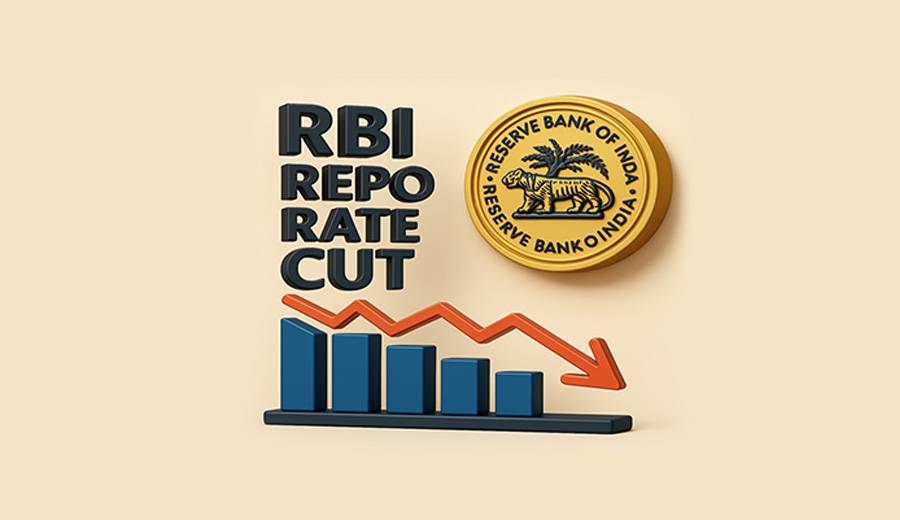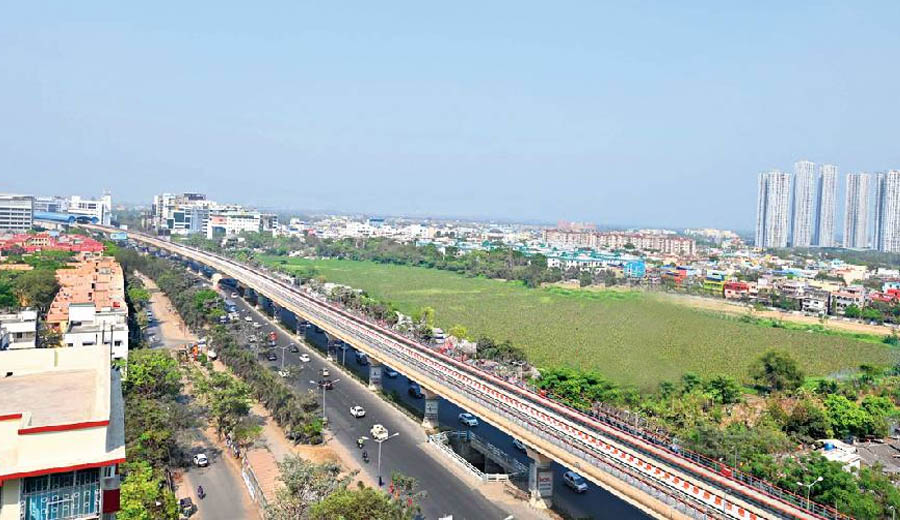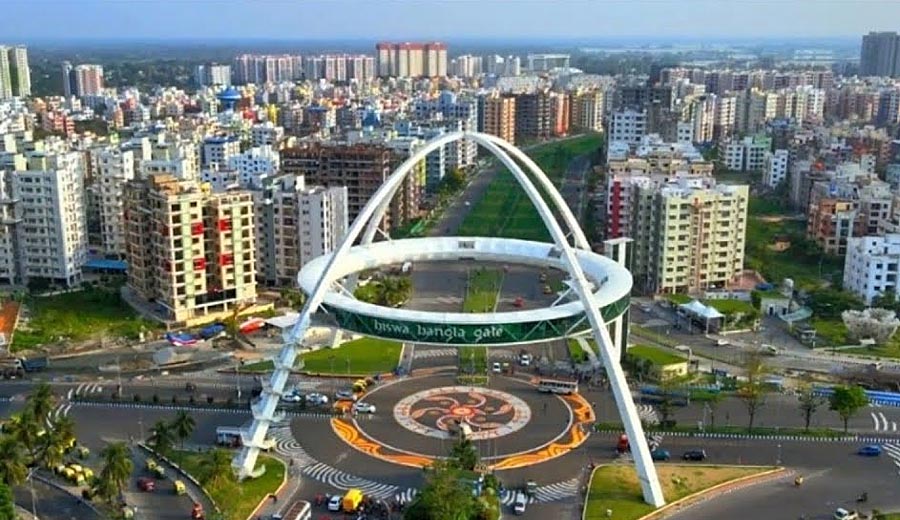Historically, the Union Budget in a pre-election year was always populist, with enough measures thrown in for immediate financial relief for the voters, even if it compromises future growth to some extent.
We are a capital-starved country, with resources for growth gathered after a lot of difficulties.
But if we have to fulfill our ambition of faster development with enough job creation, then we must invest all available resources for asset creation.
We cannot afford to squander meagre resources to distribute freebies.
For the last few years, the Union Budget is stressing on growth so that the Indian economy can touch the immediate milestone of being a $5 trillion economy.
There is no alternative to massive investment in infrastructure.
This year’s Budget is consistent with this reality and bets big on infrastructure.
Improved infrastructure will grow the economy, create jobs, and raise per capita income.
Slowly we will become the 3rd largest economy of the world.
The Budget is a vision document to achieve this goal.
The Finance Minister proposed various policy and tax prescriptions; let’s examine what these are.
Huge Boost to Infrastructure
Finance Minister Nirmala Sitharaman announced hiking the capital expenditure by 33 per cent to Rs 10 lakh crore for infrastructure development for 2023-24 which will be at 3.3 per cent of the GDP.
An expert committee will also be set up to make infrastructure classification and financing framework suitable for Amrit Kaal, she added.
As far as Indian standards are concerned, this amount is massive.
Let us remember that on October 13 last year, Prime Minister Narendra Modi launched the Gati Shakti – National Master Plan, aimed at developing an integrated infrastructure to reduce logistics costs.
The budgetary support will surely help us create world-class infrastructure in India.
It will have a cascading effect on various industries, create jobs, and increase the livability quotient in Indian cities and villages.
A major focus on the improvement of infrastructure will be on the betterment of road and rail connectivity. This will help in faster connectivity of smaller towns with bigger cities, and even improve the speed of connectivity of the cities with the adjoining areas.
Urban Infrastructure Development Becomes a Priority
This will help to reduce overdependence on big cities and boost the development of nearby towns.
Moreover, this will help further the development of logistic infrastructure in our country.
The government will set up an Urban Infrastructure Development Fund (UIDF) of Rs 10,000 crore per year for creating infrastructure in Tier-2 and Tier-3 cities, Union Finance Minister Nirmala Sitharaman announced in the Budget proposals.
Ms. Sitharaman also said states and cities would be encouraged to undertake reforms in urban planning and take steps to make cities more sustainable.
“This means efficient use of land resources, adequate resources for urban infrastructure, transit-oriented development, enhanced availability and affordability of urban land, and opportunities for all,” she said.
Among the reforms would be property tax governance reforms and ring-fencing user charges on urban infrastructure, she said. Cities would be given incentives to improve credit-worthiness for municipal bonds, she added.
Obviously, this policy is in the right direction and consistent with the overall development agenda for tier-2 and tier-3 towns.
As these towns develop, their livability quotient of them will also improve and help contain migration to big cities to a certain extent.
Affordable Housing Gets a Push
Finance Minister Nirmala Sitharaman declared that the outlay for PM Awas Yojana has been enhanced by 66 percent to over Rs 79,000 crore.
This is a huge push for affordable housing under this scheme. The major focus of the central government is on the second-tier cities and other such locations, where needy people live in big numbers.
Earlier, the Union Cabinet had approved the proposal of the Ministry of Housing and Urban Affairs (MoHUA) for the continuation of Pradhan Mantri Awas Yojana-Urban up to 31st December 2024.
Pradhan Mantri Awas Yojana-Urban is a transformative step so far as housing is concerned. India has been witnessing rapid urbanization in the last 15 years.
According to estimates, every minute 30 people migrate from rural to urban India. In 2011, 30% of India’s population lived in urban areas. By 2030, this percentage is expected to go up to 40% and the number of people living in India’s cities is expected to reach 630 million, making adequate and decent housing for everyone a foremost requirement.
Boost to Consumption and Savings
“Currently, those with income up to Rs 5 lakh do not pay any income tax in both old and new tax regimes. I propose to increase the rebate limit to Rs 7 lakh in the new tax regime. Thus, persons in the new tax regime, with income up to Rs 7 lakh will not have to pay any tax,” said Finance Minister while presenting Budget 2023.
Taxpayers at both ends of the spectrum will be encouraged under the new regime, as there will be no liability upto annual income of Rs 7 lakh on the one hand and a surcharge on annual income above Rs 5 crore annual income has been reduced from 37% to 25%.
Although the new income tax regime will be the default regime, taxpayers will still be able to choose between the old and the current formats.
In fact, if you take a home loan, it is advisable to adopt the old tax regime because of the various exemptions and deductions available.
Fastest Growing Economy in the World
The Indian economy is currently the fastest-growing economy in the world.
IMF has said that It is expected that it will remain a high-growth economy for a considerable period.
India today finds its place among the global leaders as the fifth largest economy in the world, surpassing Great Britain, and is likely to ascend to third place by 2035.
For India to grow substantially during the ‘Amrit Kaal’ there must be meticulous planning and execution with considerable financial support.
The Union Budget, the first one of the ‘Amrit Kaal’ laid the foundation so that as a country, we can achieve our lofty goals.
One of the most encouraging aspects of the budget is that it ticks all the boxes of growth and welfare while keeping the fiscal deficit as low as 5.9% of GDP. Therefore, there is a negligible chance of inflation raising its ugly head because government borrowings will be controlled.
Interest rates are expected to be stable henceforth, especially because inflation is flattening out.
As an important sector of the economy, real estate will get benefit from this optimistic economic growth in India.






